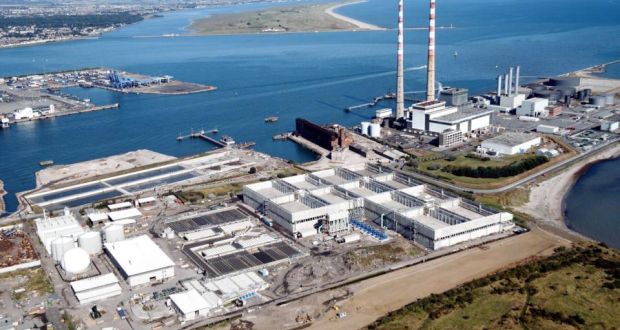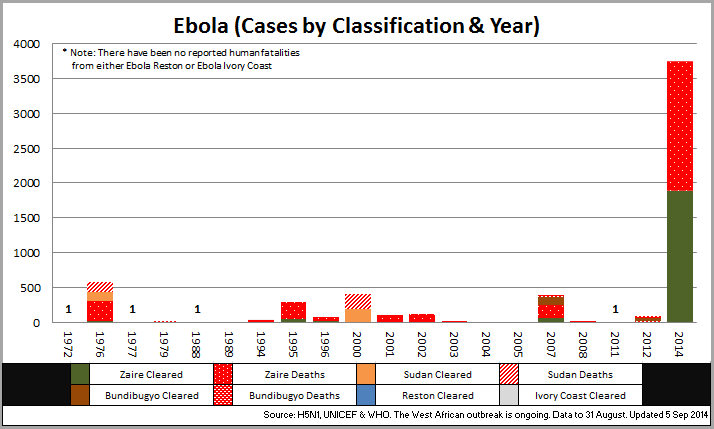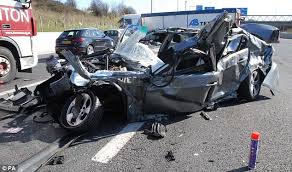My first recollection of being different was when I was about two years old, I was different because I could understand the speech of the humans who managed the forest in which I was growing.
We were a forest of Norway spruce trees, as humans called us, and we were growing specifically as Christmas trees according to the forest managers. Of course, at that time I had no idea what a Christmas tree was or what it would mean for me when I grew up.
The forest was a wonderful place when I was small, I know from the older trees and the conversations of the forest managers that I was brought to the forest as a two year old sapling, having been grown from a seed in a nursery and planted along with thousands of other saplings in ground beside another forest of much bigger trees.
I was lucky as I was planted at the edge of the forest, close to the trees in the other forest who were three years older than me and they looked after me as I grew up.
Most humans don’t know how trees help each other as we grow, or how we communicate with each other as this mostly happens underground. As we grow our roots spread out to intertwine with each other. This allows us to share nutrients and water, the younger or weaker trees being helped by the older and stronger trees as we grow. Nutrients are generated and shared by various beneficial fungi who grow all around our roots and spread right across the forest floor. These fungi attach to our roots and use some of the sugars we generate from the sun through our leaves as food, they then scavenge the soil for nitrogen, phosphorus and other mineral nutrients, which we then absorb and consume to help us to grow.
These connections also allow us to share information across the forest in a similar way that humans use the internet, we have a “wood wide web” and we can communicate everything that is happening to every tree in the forest, especially danger, attacks of insects, or dangerous unfriendly fungi. This will trigger a defence mechanism right across the forest until the threat is gone. My special ability to understand human speech, an ability only a few trees have, also helped the forest to understand the surrounding environment, based on the conversations of the foresters.
For the next five years I was happy, growing strongly in the warmth of the summer and slumbering through the colder winters, although, I was never really cold as above ground my body was sheltered by the bigger trees growing in the forest beside me, and the ground beneath my roots supplied geothermal heat all through the winter. During this time, I learned more and more of the speech of the humans managing the forest as they kept the spaces between the trees free of weeds and vines that could harm our growth, wanting us to grow tall and straight. Every winter I would hear talk of Christmas and Santy, although I later found out that this was what the foresters from Dublin called Santa Claus. We also heard stories of trees been cut down for Christmas, but this was always denied by the older trees in the forest next to us, telling us that it was just some ancient forest legends being spread by grumpy old trees who liked to frighten the younger trees.
During the winter of my seventh year of growing everything changed. The messages coming through the roots from the older trees, who were now ten years old, were cries of anguish and screams of pain and then a deadly silence and a cold wind blowing through my firs from the side against which they had been growing.
Confusion and panic spread through our forest of seven year old trees and we now believed that the stories we had heard about being cut down for Christmas must be true and every day we waited for something terrible to happen, remembering the screams from the older trees. But everything went quiet and the summers and winters came and went without any more cries of pain coming from the network and we slowly forgot about that time.
The day it happened was a bright crisp sunny day. I was slumbering while enjoying the weak sun shining on my firs when I heard the high pitched voice of a little girl saying “Daddy, look at this one, it’s beautiful, can we have this one”? “Of course Lucy, you can have whichever one you want” was followed by the most excruciating pain. I am disconnected from my roots and only pain and panic remain. From instinct I excrete every panic signal I have and Lucy shouts, “Oh Daddy, it smells so beautiful, I’m so glad we are having a real tree this year instead of that old plastic thing we always have”.
I’m trussed up into a long straight plastic net and tied to the roof of a car. The open wound at my base is facing into the cold wind as we drive along, which brings some relief until we stop outside a house. I’m carried inside, the plastic net is cut away, a huge metal stand is screwed into my base increasing the pain and I scream more scent into the air.
Lucy’s Daddy places me in a barrel of cold water and sugar, explaining to Lucy that this will help keep my fir cones green as I can absorb the water up through my trunk and branches. This is not true, but it does slow down the loss of water and minerals so I will survive a little longer and the water helps ease the pain.
There is great excitement as Lucy and her small sister Sadie get to help decorate me with glass baubles and tinsel. Two sets of small coloured light are wrapped around my branches and each little girl gets to switch one of them on, constantly chattering with excitement and finally declaring that I am the best Christmas tree they have ever seen in their whole life, dancing and singing Jingle Bells and other Christmas songs.
Time goes by. A huge number of coloured parcels are placed around my base. I can feel the life draining from my branches and sometimes the voices around me are muted and dull as I slip in and out of awareness.
A week later there is great excitement in the room and when I focus on the voices, Lucy and Sadie are dancing around and clapping their hands screaming “Santa is coming tonight” Lucy shouting, “I’m getting a new bicycle and a surprise and Sadie squealing “I’m getting a big wooden dolls house, roller skates, a smart phone, a scooter, a kitten and a surprise” and everybody laughs and I get a good feeling from the love and happiness all around me, maybe my life has been useful after all.
I wake up to the sound of more excited squealing from Lucy and Sadie because Santa has brought them what they wanted, well, a bicycle and a dolls house and some jewellery for their hair as surprises, they are shivering with excitement at the idea that Santa was there while they were asleep and had brought them what they wanted.
People come and go from the house all day and there is a beautiful sense of love and happiness as they share gifts with each other and I realise that this is what my life was for, to make these two little girls and their family happy. I feel good about that but really tired.
The house goes quiet and dark and I can’t feel anyth……….




 I have always thought of bees as one of those things that could trigger a human catastrophe if they disappeared, up there on a scale of destruction with the loss of the Amazon Rain Forest or the various warm sea currents around the globe. The concept being that certain things we take for granted could disappear and start an irreversible chain reaction that would make the planet uninhabitable for humans.
I have always thought of bees as one of those things that could trigger a human catastrophe if they disappeared, up there on a scale of destruction with the loss of the Amazon Rain Forest or the various warm sea currents around the globe. The concept being that certain things we take for granted could disappear and start an irreversible chain reaction that would make the planet uninhabitable for humans. So, is Einstein’s prediction correct, when the bees go, we have four years left? Well, first off, Einstein never said any such thing. This looks like a classic case of a useful quote’s being invented and put into the mouth of a famous person to add credence. (pic is photo shopped). There is some justification for using this kind of comment going back as far a Darwin, who mentioned the importance of the connection between bees and man. Since then some version of the importance of bees to our continued existence has been regularly quoted and obviously expanded until the quote arbitrarily attributed to Einstein eventually evolved. (Darwin, Evolution…..)
So, is Einstein’s prediction correct, when the bees go, we have four years left? Well, first off, Einstein never said any such thing. This looks like a classic case of a useful quote’s being invented and put into the mouth of a famous person to add credence. (pic is photo shopped). There is some justification for using this kind of comment going back as far a Darwin, who mentioned the importance of the connection between bees and man. Since then some version of the importance of bees to our continued existence has been regularly quoted and obviously expanded until the quote arbitrarily attributed to Einstein eventually evolved. (Darwin, Evolution…..) Apart from our food, the psychological impact on humans if flowers disappeared might be a bigger problem than the loss of certain foodstuffs. Who has not enjoyed the pleasure of a summer afternoon in a garden awash with colour from flowers and the lazy hum of bees as they gather nectar in the warm, heavy sunshine?
Apart from our food, the psychological impact on humans if flowers disappeared might be a bigger problem than the loss of certain foodstuffs. Who has not enjoyed the pleasure of a summer afternoon in a garden awash with colour from flowers and the lazy hum of bees as they gather nectar in the warm, heavy sunshine? Farmers can help by taking on board the replanting of biodiversity friendly hedgerows and wild flower strips between fields. There is a major question about the effect of the pesticides used in intensive farming on pollinators and while there is some argument about this, there certainly seems to be some cause and effect so farmers need to consider embracing more ecological management systems for crop management. The “
Farmers can help by taking on board the replanting of biodiversity friendly hedgerows and wild flower strips between fields. There is a major question about the effect of the pesticides used in intensive farming on pollinators and while there is some argument about this, there certainly seems to be some cause and effect so farmers need to consider embracing more ecological management systems for crop management. The “



